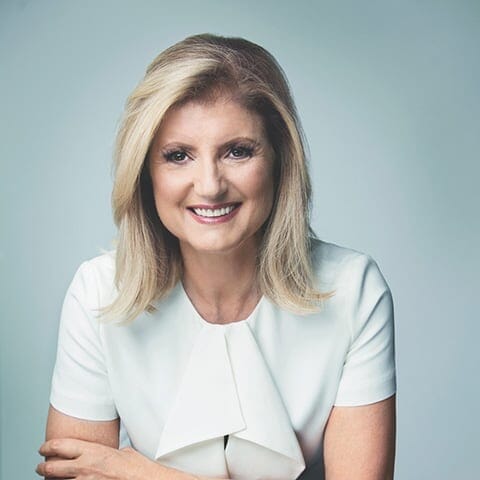 author
authorDiscover the Best Books Written by Walter Lafeber
Walter Fredrick LaFeber (August 30, 1933 – March 9, 2021) was an American academic who served as the Andrew H. and James S. Tisch Distinguished University Professor in the Department of History at Cornell University. Previously, he served as the Marie Underhill Noll Professor of History and a Stephen H. Weiss Presidential Fellow at Cornell.
LaFeber was one of the United States' most distinguished scholars of the history of U.S. foreign policy and a leading member of the "Wisconsin School" of American diplomatic history. He was known for providing widely read revisionist histories of the Cold War with views like William Appleman Williams but more subtle; the label "moderate revisionist" has been applied to him.
LaFeber's teaching abilities led to his longstanding undergraduate "History of American Foreign Relations" class at Cornell, gaining a reputation as one of the university's best and most popular courses. Several of his students went on to prominent positions in the U.S. government and academia. In 2006 LaFeber gave a farewell lecture before nearly 3,000 colleagues and former students at the Beacon Theatre in New York City.
LaFeber was born in Walkerton, Indiana, a town of around 2,000 people in the northern part of the state, outside South Bend, on August 30, 1933. His father, Ralph Nichols LaFeber, owned a local grocery store; his mother, Helen (Liedecker), was a housewife. LaFeber worked at his father's store from age eight through the end of college. He became a lifelong fan of the Chicago Cubs.
At Walkerton High School, the 6-foot-2-inch (1.88 m) LaFeber was a star basketball player. In one game during his senior year for the Indians, he scored 35 points, approaching the single-game record for most points scored in the South Bend sectional of the Indiana High School Boys Basketball Tournament. He graduated high school in 1951.
LaFeber attended Hanover College, a small Presbyterian liberal arts college in the southern part of Indiana. LaFeber played varsity basketball for the Hanover Panthers as a reserve forward during his sophomore year. He also played some during his junior year. He sang in the Hanover College Choir, which provided voices for Sunday morning Presbyterian services and also gave concerts around the state, was co-chair of a "Religion in Life" Week program at the college, and was on the Hanover Board of Student Affairs, which directed extracurricular affairs on campus.
He belonged to the Beta Theta Pi social fraternity, the Alpha Phi Gamma national honor society for journalism, and Hanover's own Gamma Sigma Pi honor society for academic performance. He received his BA from there in 1955. LaFeber met Sandra Gould while at Hanover. They married in 1955, and the couple had two children.
He then went to Stanford University, gaining an MA in 1956. He studied under Thomas A. Bailey and was influenced by Bailey's lively writing style there. Contrary to later accounts, LaFeber said he got along well with Bailey. At the time LaFeber was not dissatisfied with U.S. foreign policy, having supported the presidential candidacies of Robert A. Taft in 1952 and Dwight D. Eisenhower in 1956.
At this point, LaFeber went to the University of Wisconsin. In doing so, he followed the advice of one of his college professors and declined an offer from Harvard University, taking advantage of what he later said was "the best professional advice I have ever received." The study of history at Wisconsin had a heritage going back to the time of Frederick Jackson Turner, and the intellectual atmosphere at the school encouraged people to think differently.
At Wisconsin, LaFeber, and several future colleagues and co-authors, initially studied with Fred Harvey Harrington. In an era when the realistic theory of international relations predominated, LaFeber was influenced by Harrington's inductive methodology in seminar teaching, sense of irony, and suggestions that the economic interpretations of Charles A. Beard, whose work by then had largely fallen out of favor, should perhaps not be so overlooked.
After Harrington moved into university administration, he replaced himself with William Appleman Williams, for whom LaFeber and fellow students Lloyd C. Gardner and Thomas J. McCormick became teaching assistants and with whom they would strike up a close bond (the four of them would become a core of what became known as the Wisconsin School of diplomatic history).
LaFeber was also influenced in Wisconsin by Philip D. Curtin, who developed LaFeber's interest in the British Empire, and by the early American scholar Merrill Jensen and the intellectual historian Merle Curti. During his dissertation research at the Library of Congress, LaFeber found himself at the same table as historian Ernest R. May of Harvard, working on the same period but with very different interpretations.
The more established May helpfully supplied LaFeber with documents he had found, which LaFeber took as an object lesson on how two fair-minded scholars can reach differing conclusions from the same sources. With his dissertation titled "The Latin American Policy of the Second Cleveland Administration" being accepted, LaFeber received his Ph.D. from Wisconsin in 1959.
Best author’s book




















